St. Francis
Twice a year – once in January and once in July – Beyond Borders selects about 2 dozen new designs from our artists to feature in the catalogue and online. Last week was the “unveiling” and, as always, I was very excited to see which designs made the final cut. Among many lovely pieces, my fast favorites became Edward Dieudonne’s images of St. Francis. Edward captured the saint’s tender love for the creatures of the earth, depicting him standing reflectively among the flowers and birds. He rendered the sculptures with a beauty and simplicity that are completely appropriate and fitting for his subject. Perfect!
Though I was aware that St. Francis is the patron saint of animals and the environment, I never knew why. Fortunately, it takes very little research to discover the answer. His designation is well-deserved and the story is a good one. Several stories, actually, and from a noteworthy set of contemporary medieval sources. The life of Saint Francis of Assisi is, in fact, one of the more closely chronicled lives of the pre-Renaissance, with sources including a number of early papal bulls and three biographies; one written by Thomas of Celano, a follower of Francis’ (1229-1247), a joint narrative of his life compiled by Leo, Rufinus, and Angelus, who were intimate companions of the saint (1246), and the celebrated Legend of St. Bonaventure (1263).
These accounts were summarized neatly for me in several online sites, including www.newadvent.org where I read that, “The very animals found in Francis a tender friend and protector; thus we find him pleading with the people of Gubbio to feed the fierce wolf that had ravished their flocks, because through hunger “Brother Wolf” had done this wrong. And the early legends have left us many an idyllic picture of how beasts and birds alike susceptible to the charm of Francis’s gentle ways, entering into loving companionship with him.”
Perhaps the most famous story associated with St. Francis is the one told of his sermon to the birds. Apparently, Francis had hit a something of a professional impasse. He was uncertain whether to continue his ministry, or to withdraw from teaching and spend the rest of his life in solitary prayer and meditation. His colleagues, Sister Clare and Brother Sylvester encouraged him to continue his outreach. Following their advice, he set out with renewed vigor and immediately encountered a large flock of birds. Francis stopped in his tracks and preached to the birds, instructing them to be thankful to God for their beautiful plumage, for their independence, and for God’s loving care. The birds were rapt in their attention as he spoke, flying off only when he bid them leave.
Modern interpretations of these stories lead us to the conclusion that St. Francis revealed that the whole family of creation – flora, fauna, and the earth itself – is deserving of respect and care. It’s an idea, and an image that bears repeating.
Contributed by Linda for Beyond Borders/It’s Cactus

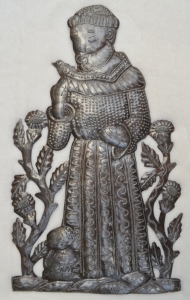
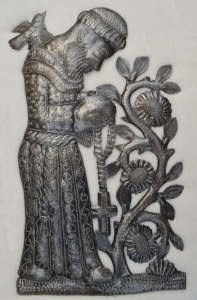
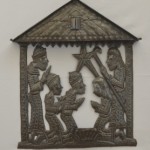
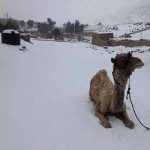

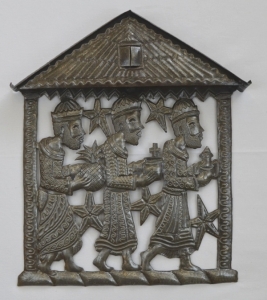
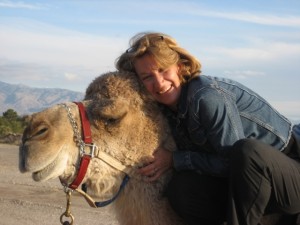


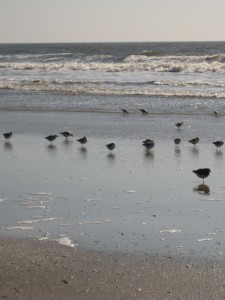
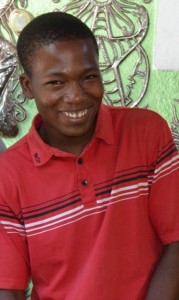
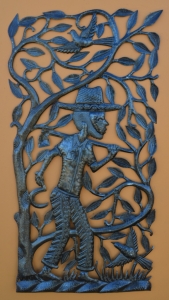
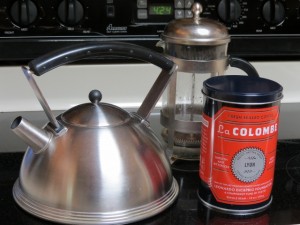
![rec455[1]](https://blog.itscactus.com/wp-content/uploads/2013/02/rec4551-300x293.jpg)
![th[1]](https://blog.itscactus.com/wp-content/uploads/2013/02/th1.jpg)
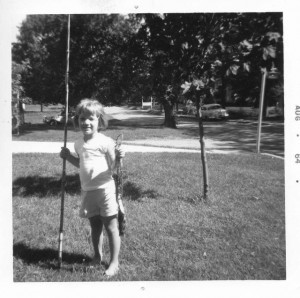
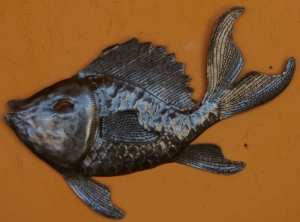
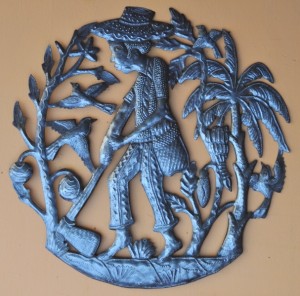
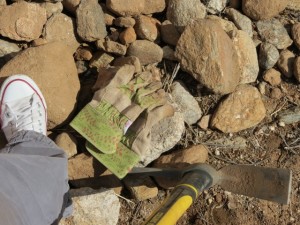
![rnd253[1]](https://blog.itscactus.com/wp-content/uploads/2013/02/rnd2531.jpg)